We have received a response from DSE to our submission on the draft Fire Operations Plan. We will be making a comment on this response and the state of consultations on fire management after the upcoming meeting between DSE and local groups in Bendigo on Tuesday next, October 9. The DSE response is printed in full below:
‘Thank you for your submission regarding our planned burning in the Murray Goldfields District. Your input has been considered during our planning process.
‘The DSE planned burning program aims to minimise the impact of major bushfire on human life, property and the environment. The 2009 Victorian Bushfires Royal Commission recommended changes to the Code of Practice for Fire Management on Public Land (2006). This Code supports delivery of an expanded planned burning program to reduce fuel levels and the likelihood of bush fires becoming uncontrollable.
‘Our Fire Operations Planning Process starts in February and is finalised in October. During this period DSE consults with a broad range of stakeholders regarding our planned burning on public land.
‘DSE has considered your submission and makes the following response:
- This year a new “Code of Practice for bushfire management on public land 2012” was released which outlines Zone 3 or Landscape Management Zone (LMZ) burns with an aim to provide bushfire protection outcomes by reducing the overall fuel and bushfire hazard in the landscape as well as provide for ecological outcomes. The burns zoned as LMZ’s that you have identified have an aim for at least 20% burn coverage and up to perhaps 40% coverage of target areas within the burn unit.
- Please note that CAS 012 – A Frame track has been withdrawn from the Fire Operations to allow for longer growth stages.
- CAS 005 – Nuggetty Hill has been reduced in size.
- CAS009 Rusconis Road has been halved in size to exclude some rich flora and fauna values in line with your comments.

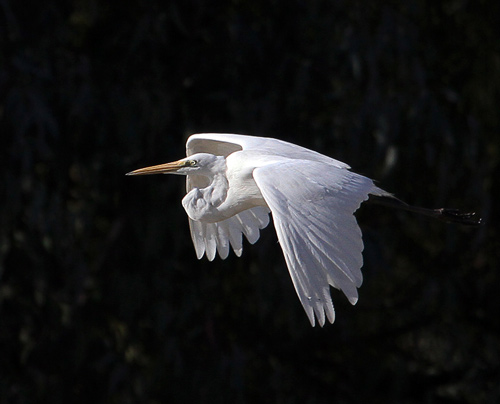
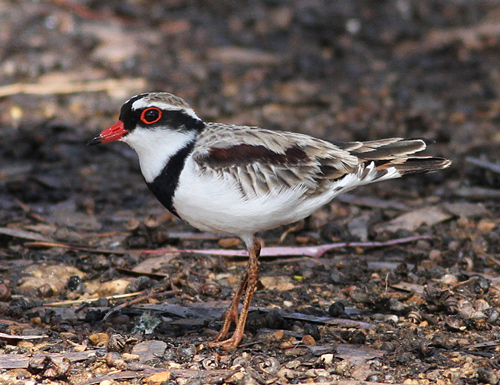
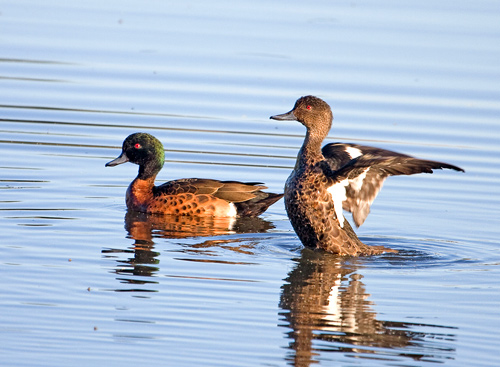
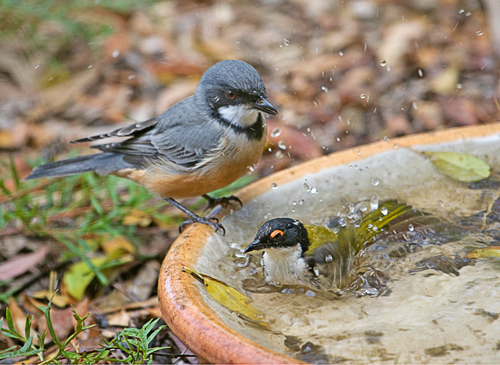
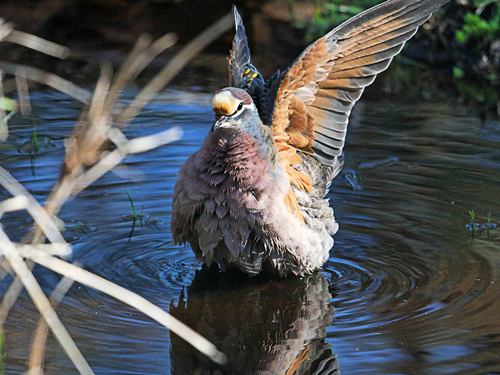
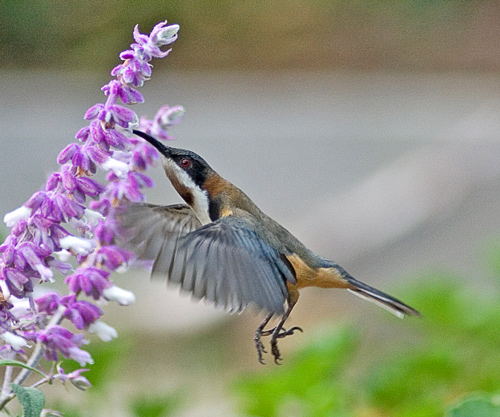
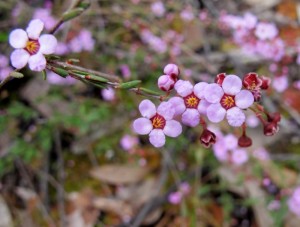
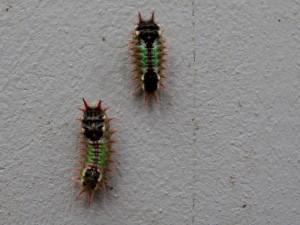
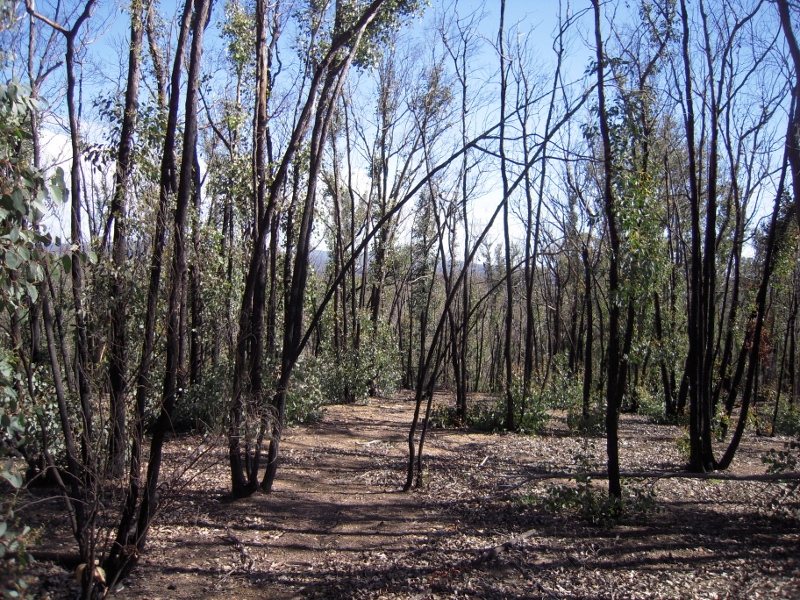
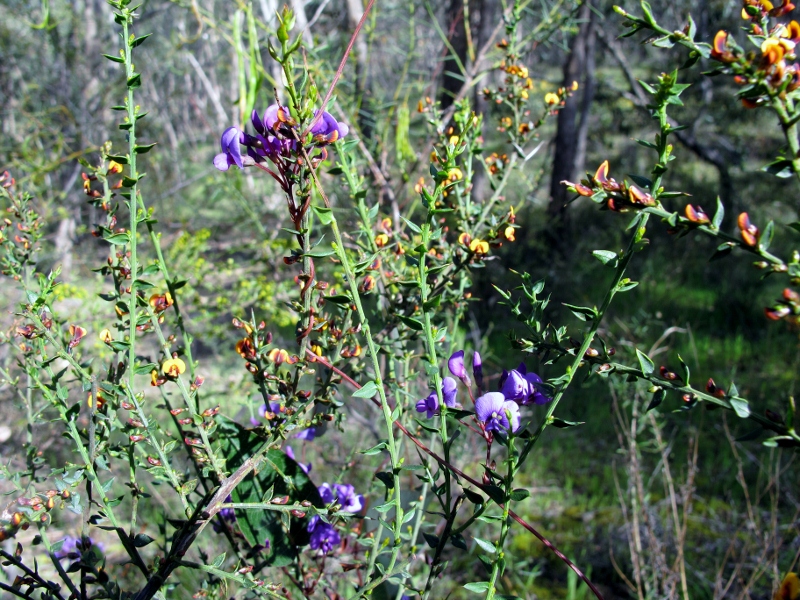
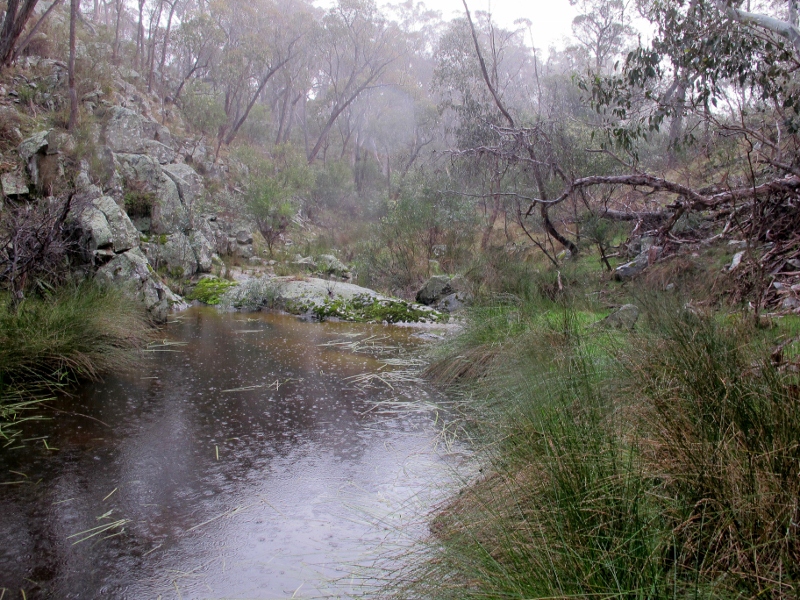



 Click on image for info/order page
Click on image for info/order page Click on image for info/order page
Click on image for info/order page Click on image for info/order page
Click on image for info/order page




















